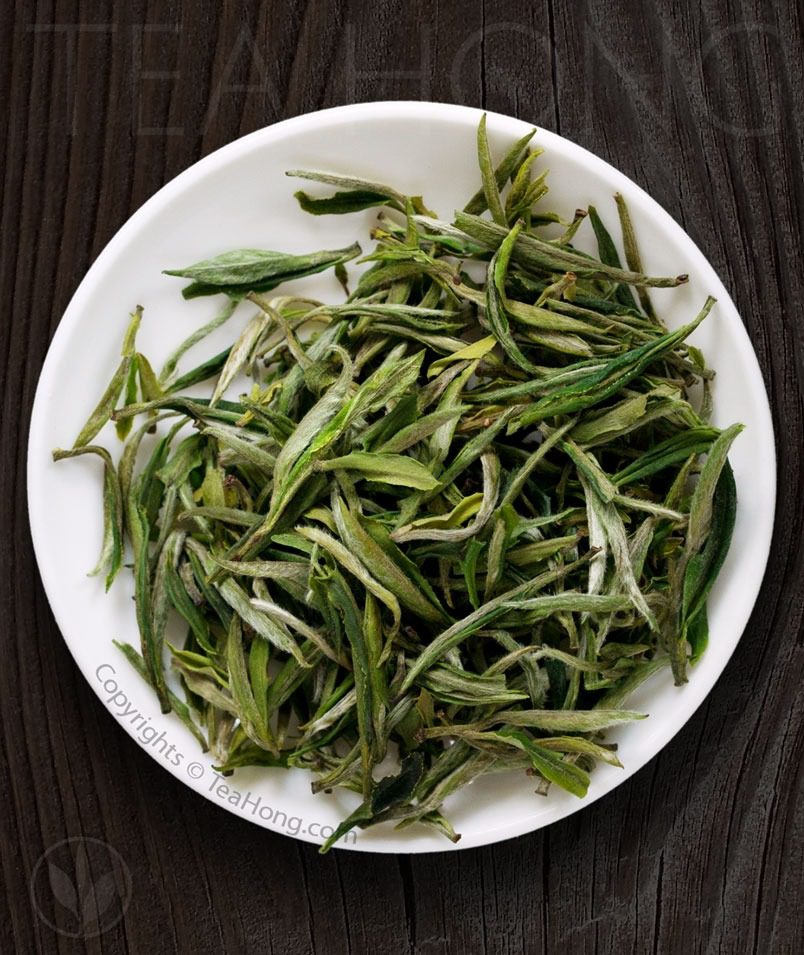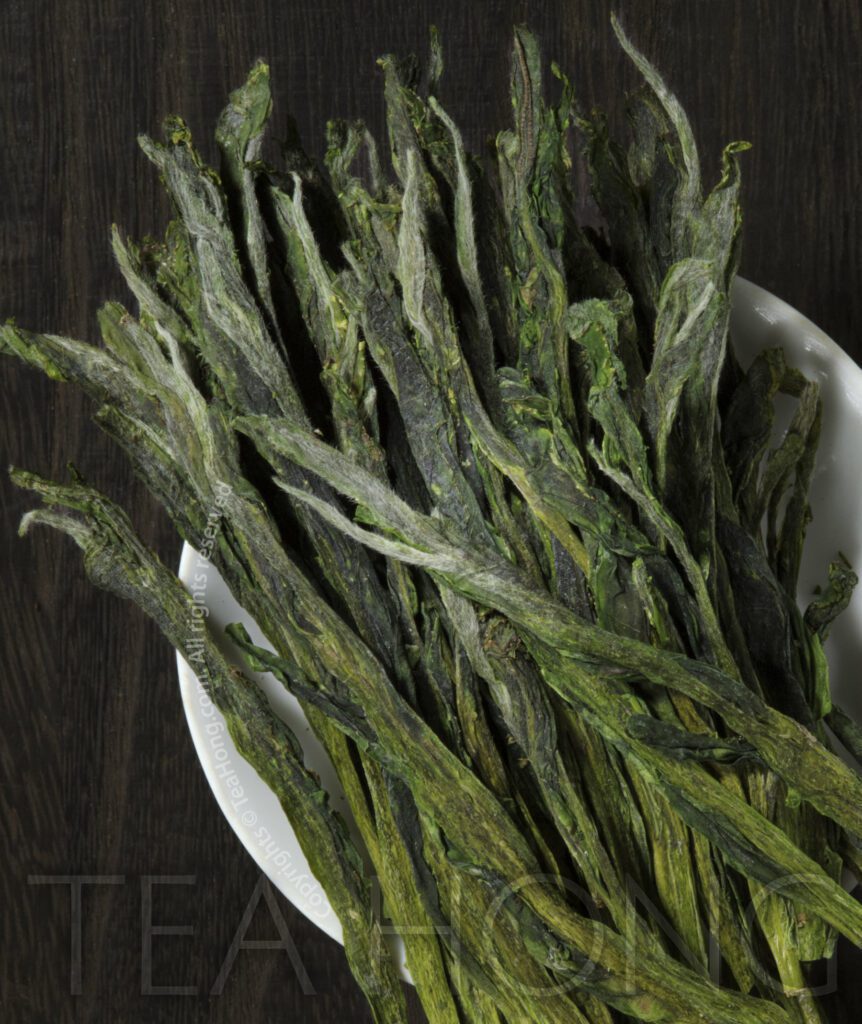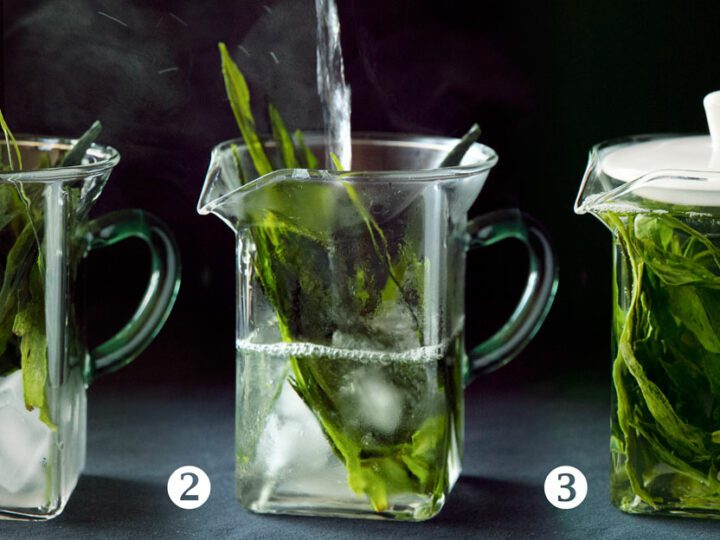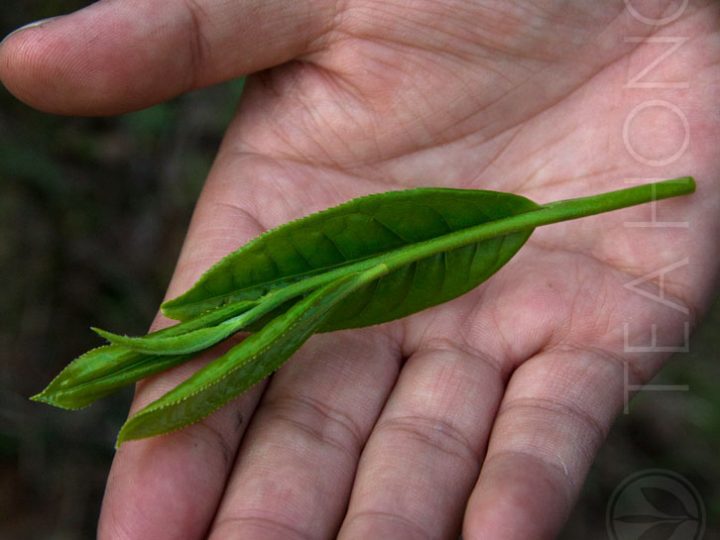Someone else deceptive business denies your rights
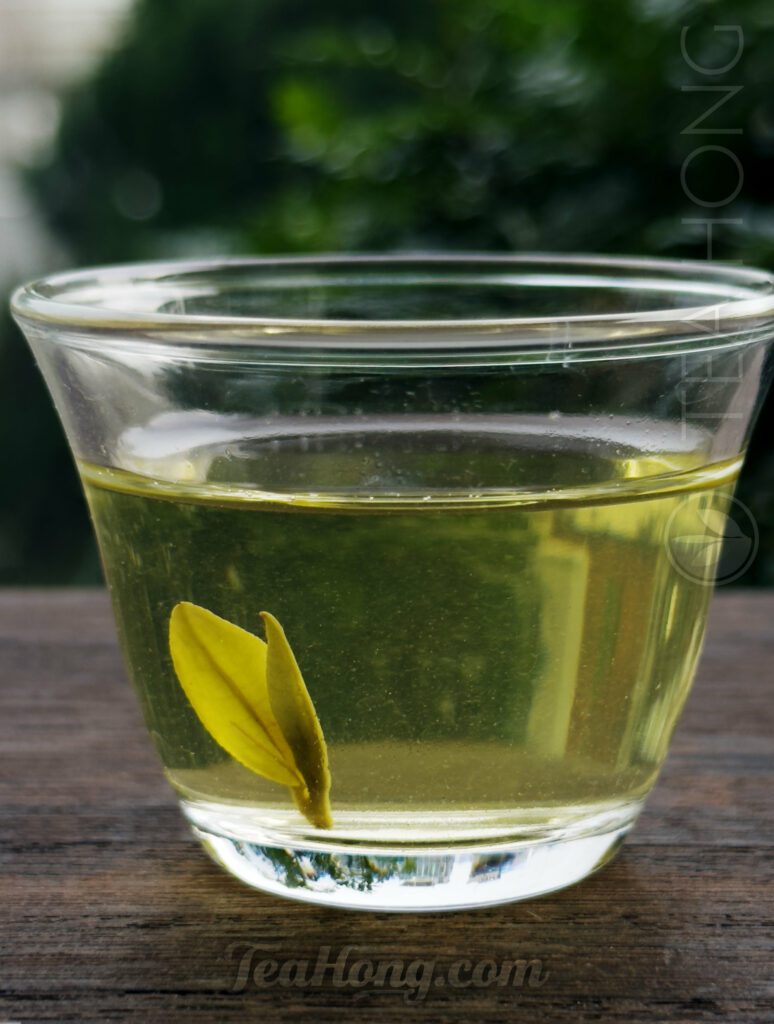

The beautiful liquor of Longjing Traditional Supreme
The production of green tea, according to a lot of writings in the English language, is deceptively simple: heat and dry the leaves. Now that for over half of a century, scientific findings have repeatedly proven the various health benefits of the tea category, most plantations that have been setup to produce black tea for the teabags and broken grades have jumped into band wagon and output “green tea”. Their horrific tasting products that flood the market have ruined the reputation of the name green tea. They have discouraged many to experience one of humankind’s oldest epicurean enjoyment.
Shops selling the leaves in glass jars or half empty canisters are not helping either. They are in effect selling another product: post-process oxidised rehydrated dry leaves that may be originally green tea.
Proper production, handling, packaging, and storage are instrumental in delivering true quality green tea.
An indulging palatial pleasure
Genuine quality green tea is a category of diverse taste profiles. The many varieties are produced from highly individualistic processing methods and specialised tea cultivars. A fine green tea is no less taste-worthy than a fine oolong, or pu’er, or coffee, or wine. It is not only good for you, as many scientific researches have pointed out, but also an indulging palatial pleasure.
All it takes is choosing the one that suits your taste preference and brew it well. So the first pre-requisite for choosing a green tea for yourself is conceptually knowing what is the taste of each of the green tea. That is why a taste description is provided in each tea selection page at TeaHong.com.
Your habit in tea making
Besides taste, another key factor in choosing a tea is also related with the way you will brew it with. All teas yield their best potential only when properly infused in the parameters and infusion vessels that best suit for each. That said, there are those that are more tolerant than others. Choose those that are softer or lighter taste when you know that you would be forgetful and inattentive.
You may also be impatient with timing a brew. If you want very quick result, choose those teas that have been heavier rolled, such as April Mist, Luan Guapian, Snowy Egret, Sencha or Gyokuro etc. That said, you must decant the tea upon the desired strength, otherwise, the easier to released taste elements in the tea would be overwhelmingly pack your cup a lot quicker than less rolled teas. This could create an unbalanced palatial experience.
If, however, you have the luxury or patience of making the time for preparing a fine cup for a real tea experience, choose a taste profile that you aspire to and fine tune your infusion technique with it.
A fine green tea is as challenging as an oolong to make well. Your effort will be rewarded with an epicurean sensation that touches the spirit.
Water quality matters
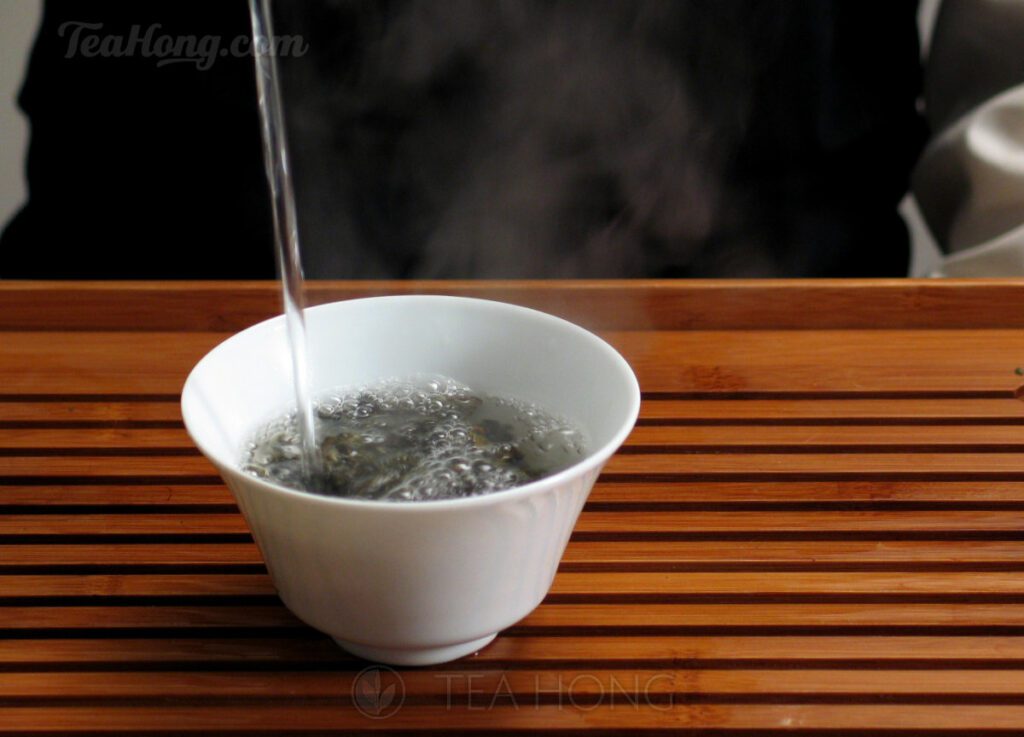

The quality of water has a decisive effect on the final infusion result of a tea
Water quality is key to a successful infusion. Use a soft water with maximally 120 ppm TDS and a pH below 7. Harder water yields murkier liquor and muddles up the taste. If you do not have access to a better water but still want a good green tea, choose those that are lighter taste, and adjust the leaf to water ratio for shorter infusion time.
Now, TCM and your constitution
Besides taste, to me, selecting a tea for regular consumption has to be given a consideration of whether the TCM characteristics of the tea pairs well with one’s physical constitution. On the whole, green teas are cool by TCM nature. They are generally more suitable for people with “hotter” constitution.
That is why green tea, whether served hot or cold, is effective in cooling the body and quenching that thirst.
For people with weaker “stomachs”, however, should use green tea with moderation. Green teas that are heavier fired are friendlier though. Examples of such green teas are Longjing Traditional, Yellow Snails, Houkui and Yellow Tips, of which Longjing has the deepest degree of fire. That is perhaps one reason why it is a most popular choice.
Free yourself from misguided concepts
Choosing a delectable green tea, whether for its health benefits, or for cooling the heat, or for quenching your thirst, or for its epicurean experience, demands simply some experiments. You deserve the access to a healthy, delicious drink that is the real thing. Avoiding those from black tea “plantations’ and looking beyond the supermarket and brand name store is the first step.
Comments (0)
Leave a reply
You must be logged in to post a comment.




